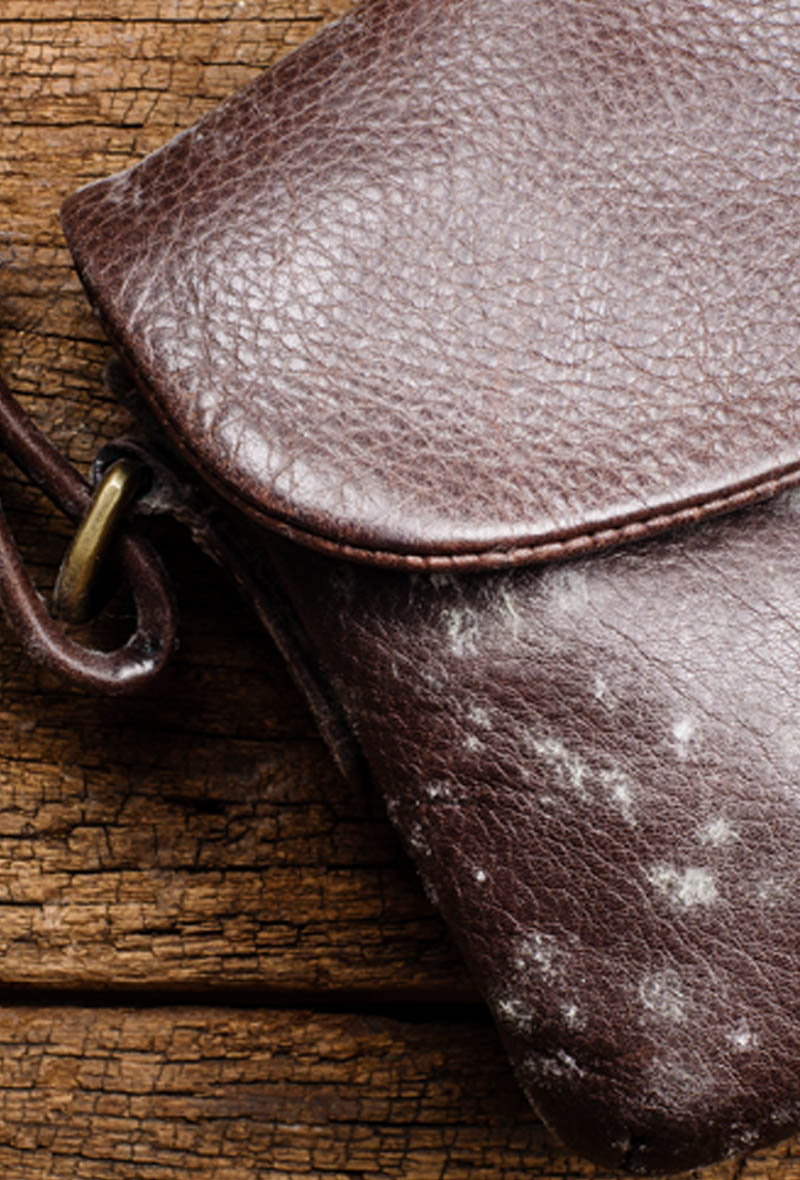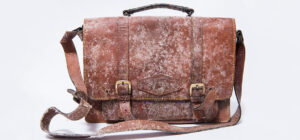
How to Remove Mold from Leather
How to Remove Mold from Leather: A Comprehensive Guide

Introduction
Leather is a luxurious and durable material that adds elegance and sophistication to various items, such as furniture, clothing, and accessories. However, when exposed to moisture and poor ventilation, leather can become susceptible to mold growth. The presence of mold not only damages the appearance of leather but also poses health risks. In this article, we will guide you on how to effectively remove mold from leather while preserving its quality and extending its lifespan.
Table of Contents
- Understanding the Dangers of Mold on Leather
- Preparing for the Mold Removal Process
- Gathering the Necessary Materials
- Removing Mold from Leather
- Step 1: Dry Brushing
- Step 2: Vacuuming
- Step 3: Gentle Wiping
- Step 4: Treating with Vinegar Solution
- Step 5: Applying Leather Conditioner
- Preventing Mold Growth on Leather
- FAQs (Frequently Asked Questions)
- Conclusion
1. Understanding the Dangers of Mold on Leather
Mold is a type of fungus that thrives in damp and humid environments. When mold spores land on leather surfaces and find suitable conditions, they begin to grow and spread, resulting in unsightly patches of mold. Besides the negative impact on the appearance of leather, mold can also release harmful allergens and mycotoxins into the air, leading to respiratory problems and allergies.
2. Preparing for the Mold Removal Process
Before embarking on the mold removal process, it is essential to take proper precautions to ensure your safety. Here are a few steps to prepare for the task:
- Find a well-ventilated area: Choose a location with good airflow to prevent the spread of mold spores.
- Wear protective gear: Put on gloves, a mask, and goggles to protect yourself from mold spores and cleaning agents.
- Test in an inconspicuous area: Before applying any cleaning solution to the entire leather item, test it on a small, hidden area to check for any adverse reactions.
3. Gathering the Necessary Materials
To effectively remove mold from leather, you will need the following materials:
- Soft-bristled brush or toothbrush
- Vacuum cleaner with upholstery attachment
- Mild detergent or leather cleaner
- Distilled white vinegar
- Water
- Clean microfiber cloths
- Leather conditioner
Ensure that all the materials are within reach before proceeding with the mold removal process.
4. Removing Mold from Leather
Now let’s dive into the step-by-step process of removing mold from leather:
Step 1: Dry Brushing
Using a soft-bristled brush or toothbrush, gently brush off any loose mold spores from the surface of the leather. Be careful not to apply excessive force, as it may damage the leather.
Step 2: Vacuuming
Attach the upholstery attachment to your vacuum cleaner and carefully vacuum the leather item. This will help remove any remaining loose mold spores, dust, and debris.
Step 3: Gentle Wiping
Prepare a mixture of mild detergent or leather cleaner with water. Dip a clean microfiber cloth into the solution, wring out the excess liquid, and gently wipe the affected area of the leather. Avoid saturating the leather with excessive moisture.
Step 4: Treating with Vinegar Solution
In a small bowl, mix equal parts of distilled white vinegar and water. Moisten a clean cloth with the vinegar solution and gently dab it onto the mold-affected area of the leather. Vinegar helps kill mold spores and eliminates their musty odor.
Step 5: Applying Leather Conditioner
Once the leather has dried completely, apply a suitable leather conditioner to restore its natural oils and prevent it from drying out. Follow the manufacturer’s instructions for the best application method.
5. Preventing Mold Growth on Leather
To prevent mold from reoccurring on your leather items, consider the following preventive measures:
- Keep leather items dry and well-ventilated.
- Avoid placing leather items in damp areas.
- Regularly clean and condition leather to maintain its integrity.
- Use a dehumidifier or moisture absorber in areas prone to high humidity.
6. FAQs (Frequently Asked Questions)
Q1: Can I use bleach to remove mold from leather?
No, bleach is too harsh for leather and can cause discoloration and damage. It is best to use mild cleaning solutions specifically formulated for leather.
Q2: Is it possible to remove mold from suede leather?
Removing mold from suede leather requires specialized cleaning techniques. It is recommended to seek professional assistance or use suede-specific mold removal products.
Q3: Can I prevent mold growth on leather with natural remedies?
While some natural remedies like tea tree oil and grapefruit seed extract have antifungal properties, it is essential to use them cautiously on leather to avoid potential damage. Consult with a professional or test in an inconspicuous area before applying natural remedies.
Q4: How often should I clean and condition my leather items?
The frequency of cleaning and conditioning leather items depends on usage and environmental conditions. As a general guideline, aim to clean and condition them every three to six months.
Q5: What should I do if the mold growth is extensive or the leather is severely damaged?
In cases of extensive mold growth or severe damage to the leather, it is advisable to seek professional assistance. They have the expertise and tools to handle such situations effectively.
7. Conclusion
Mold growth on leather can be a daunting problem, but with the right knowledge and techniques, you can successfully remove mold and restore your leather items to their former glory. Remember to take appropriate safety measures, gather the necessary materials, and follow the step-by-step process outlined in this guide. By regularly cleaning and conditioning your leather items and implementing preventive measures, you can protect them from future mold infestations and enjoy their beauty and longevity.
